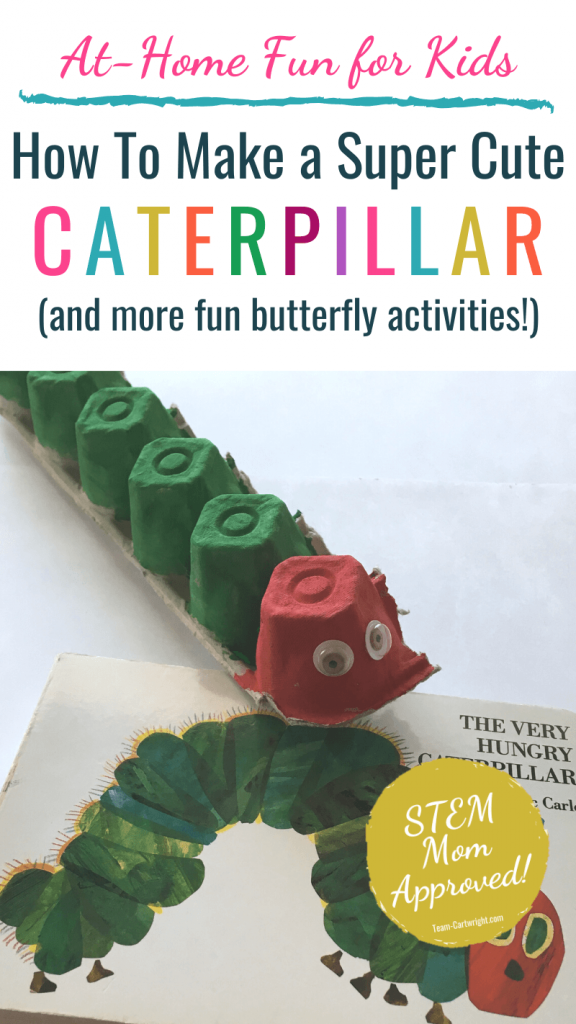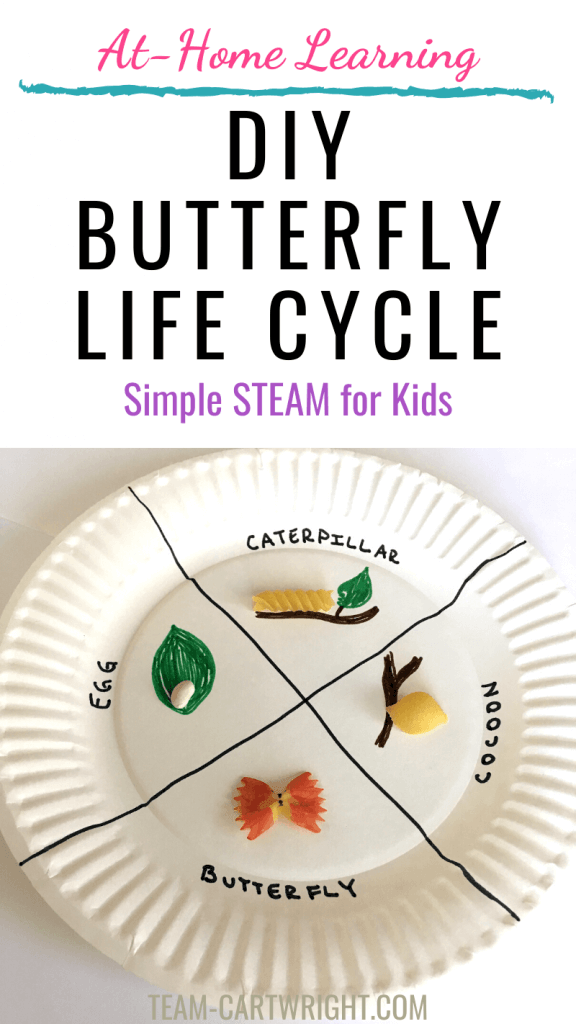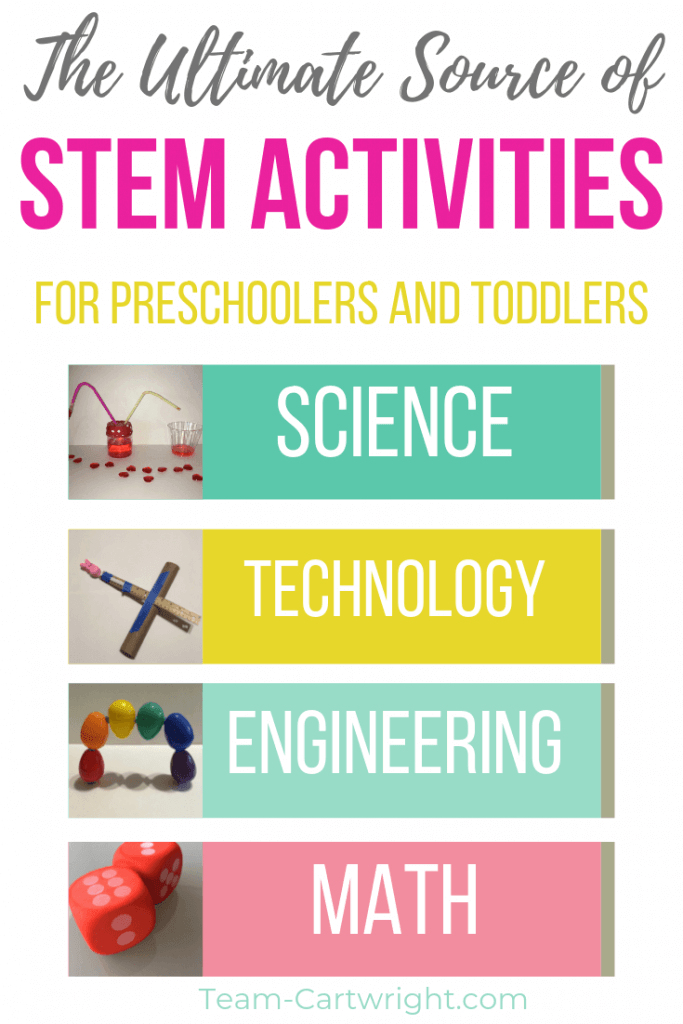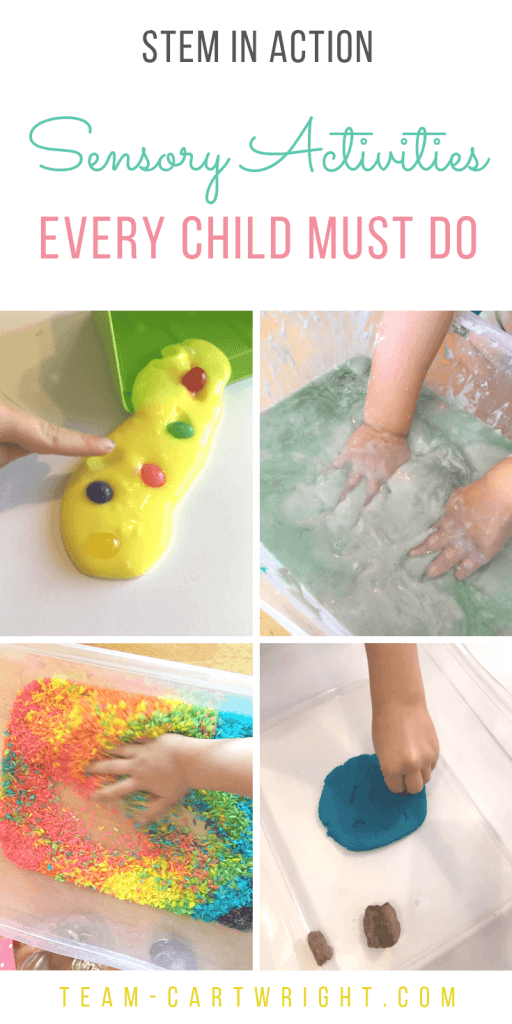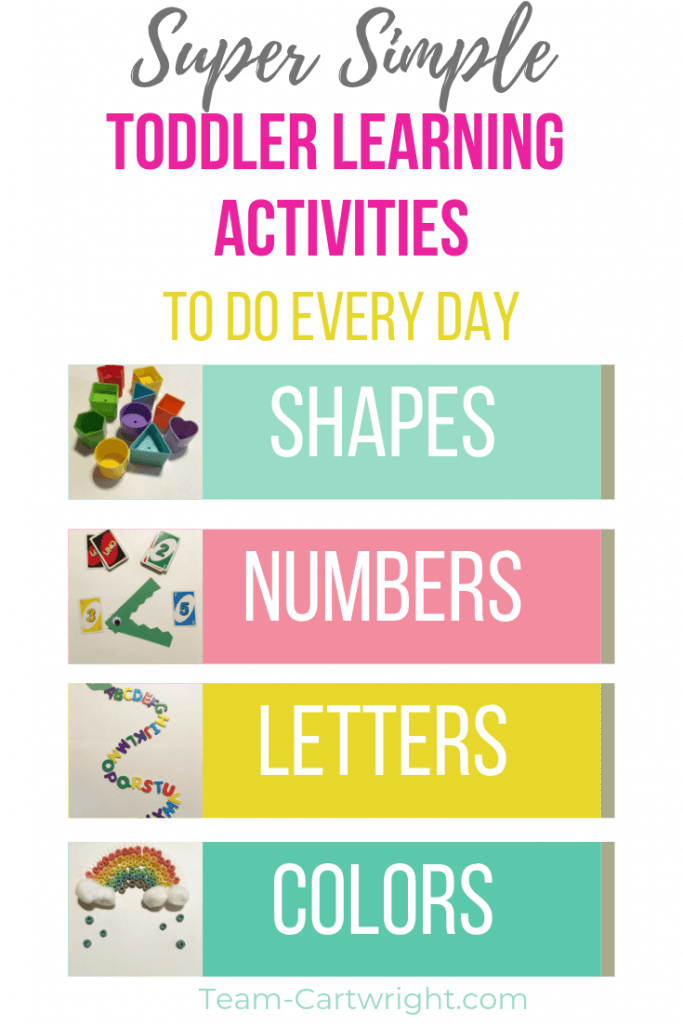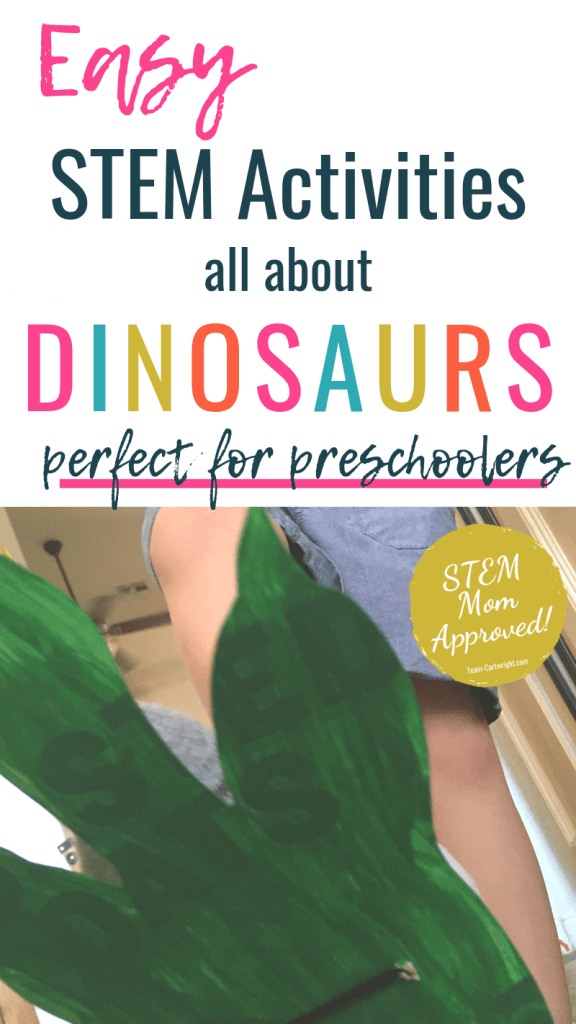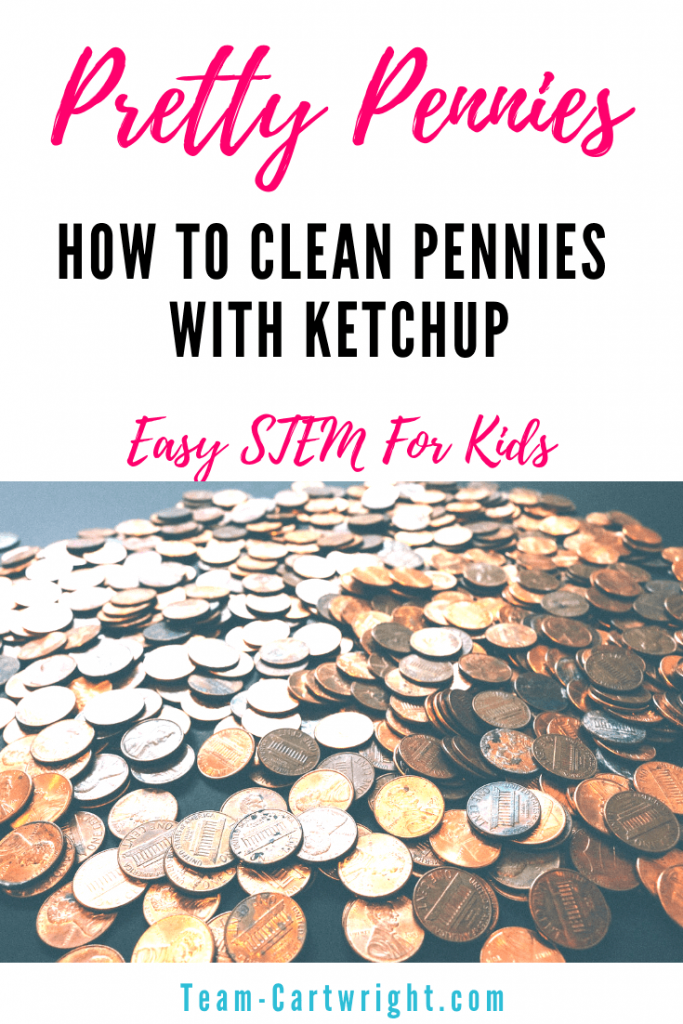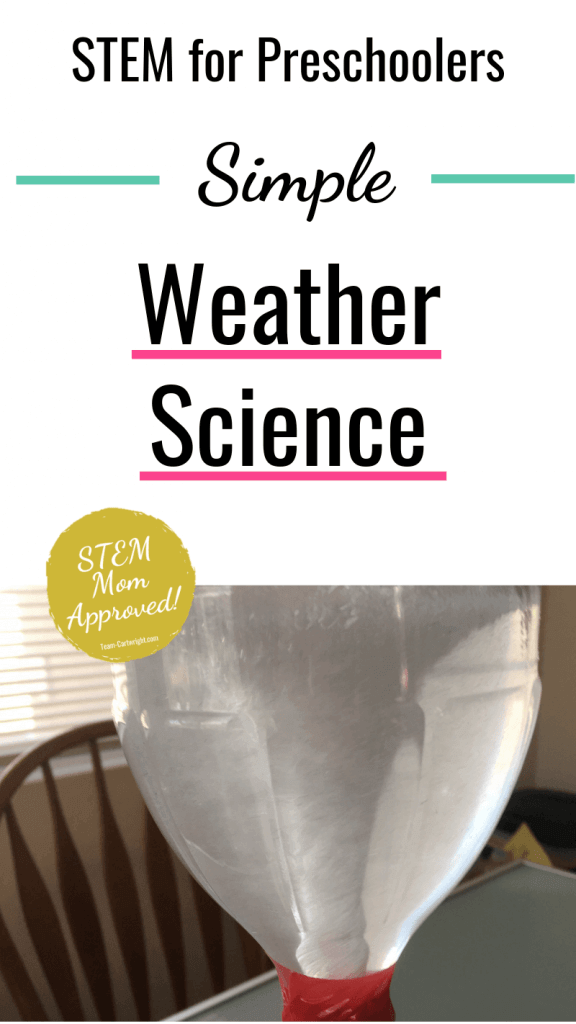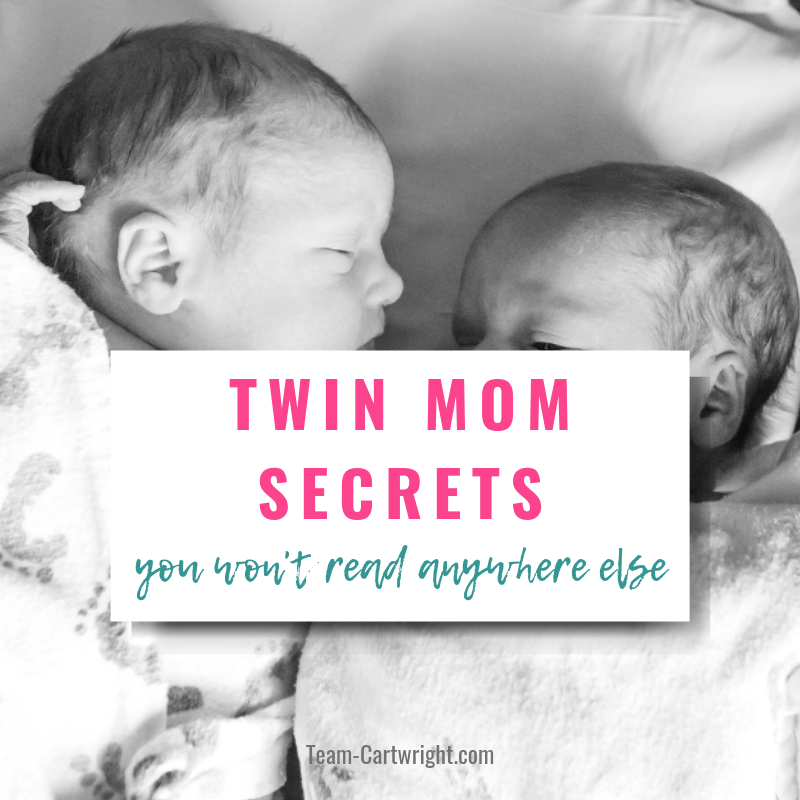Butterfly STEAM and Caterpillar STEAM activities for preschoolers and toddlers.
Caterpillars and butterflies provide such a unique opportunity for learning activities. The change that a caterpillar goes through to become a butterfly is so pronounced it is clear to even the youngest child. And it fascinates them, making them want to learn more.
Besides the science, the art that can go with butterflies is amazingly fun. You can do simple projects or complex, use color schemes that any child would love, and take the chance to create something really fun.
So let’s dive into some creative and fun STEM activities that utilize butterflies and caterpillars.
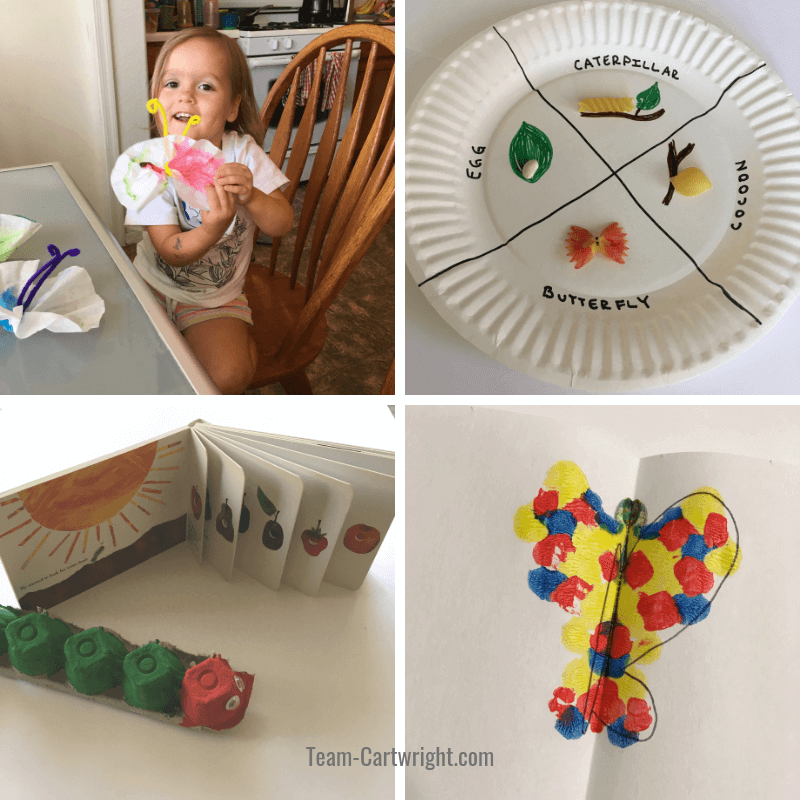
This post contains affiliate links. Please see my disclosure for more info.
What's In This Post?
- Caterpillar and Butterfly STEAM Activities for Preschoolers and Toddlers
- Butterfly Learning Activities
- Must-Have Butterfly and Caterpillar Items
- Caterpillar Learning Activities
Caterpillar and Butterfly STEAM Activities for Preschoolers and Toddlers
Egg Carton Caterpillars
This is a perfect activity to make when you read The Very Hungry Caterpillar You can use your homemade caterpillar to read along with the book. And it’s just fun to make!
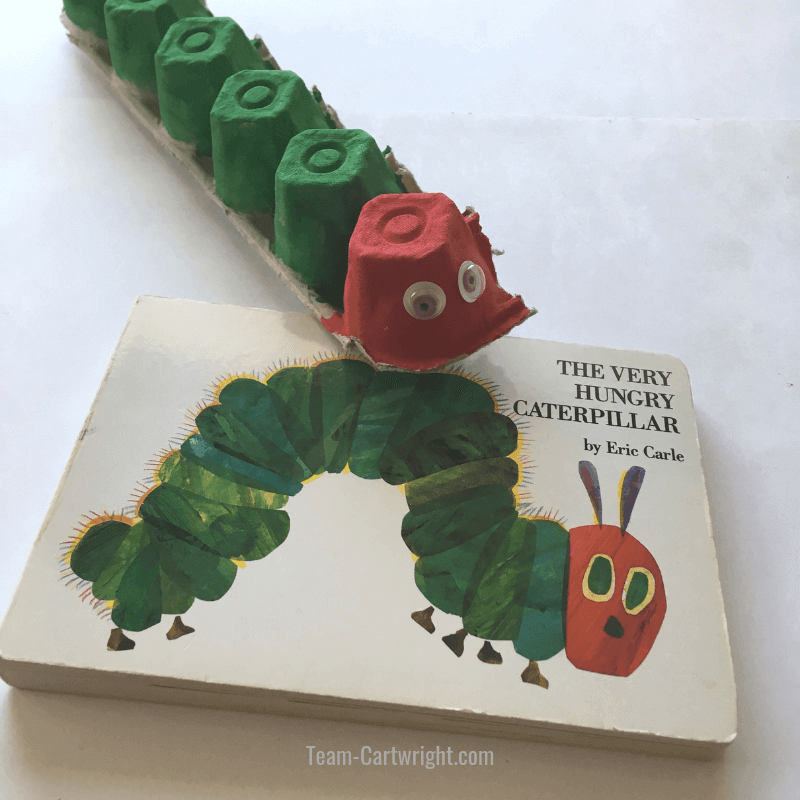
Supplies for Egg Carton Caterpillars:
- Egg Carton
- Paint
- Googly Eyes
How To Make Your Egg Carton Caterpillar:
Cut the top off an egg carton so you have just the compartments the eggs sit in. Cut that part in half so you have two lines of 6 and 6. These are your caterpillars!
Give your child one of the rows and let them paint it!
If you don’t want the mess of paint you can use markers instead.
Once your caterpillar s painted and had time to dry, you can add eyes. I prefer googly eyes as they make everything better, but drawing some on works as well.
Caterpillar Anatomy
Caterpillars are insects. They have 6 proper legs and up to 5 additional pairs of little stumpy legs that are hook-like and help them climb and hold onto branches.
Caterpillars also have segmented bodies. (This is loosely illustrated by the egg carton sections.) Their bodies are divided into 3 sections, the head, the thorax, and the abdomen.
(Learn even more about caterpillar anatomy here!)
What To Do With Your Caterpillar
This is just a fun art project, but you can use it for even more learning.
As you read the very hungry caterpillar book, have your child gather toy foods for their caterpillar to eat. This is a great time to talk about food groups and healthy eating. It also works on vocabulary and focus as your kids have to recognize and find the food items from the book.
Noodle Caterpillar Life Cycle
Caterpillars have a fascinating life cycle, and it is one that is very clear for kids to understand. Start with an egg, grow as a caterpillar, and then go through the chrysalis and emerge as a butterfly.
And all this can be demonstrated with noodles.
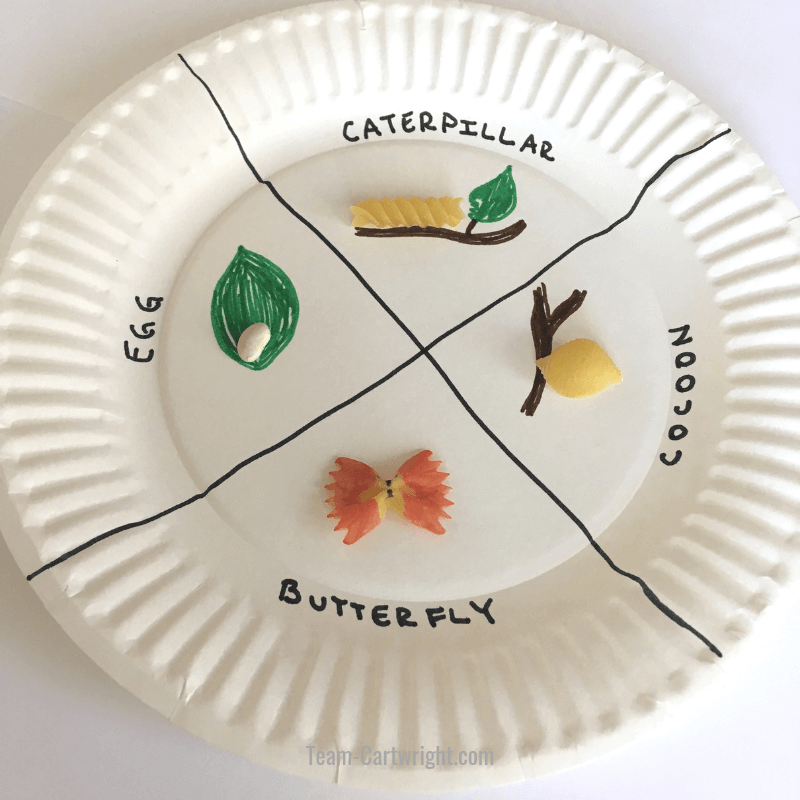
Supplies For Your Butterfly Life Cycle:
- Paper Plate
- Markers
- Elbow Noodles/Orzo/White Beans
- Rotini Noodles
- Pasta Shells
- Farfalle Noodles
How To Make Your Noodle Butterfly Life Cycle:
Divide your paper plate into 4 sections. I wrote the name of each cycle in the different quarters, but that is optional.
Your noodles represent the different stages in the caterpillar life cycle.
- Elbow Noodles/Orzo/White beans: Eggs
- Rotini: Caterpillar
- Pasta Shells: Chrysalis
- Farfalle: Butterfly
Glue one or several of each pasta into the different quarters of your plate.
We then drew sticks and leaves to create a fun background for our stages. You can also color the pasta itself for a more involved art project. (You can learn how to dye pasta super easily by clicking here.)
Life Cycle Talking Points:
This project is a great way to introduce the life cycle concept, how living creatures are born, grow, and change over the course of their life span. It is also a great way to compare and contrast as the same creature moves through different stages.
Talk about how things change. Size, what they eat, their other physical characteristics. What is different at each stage?
This can also be a good time to talk about what happens as your child grows and changes. No, you don’t have to go full puberty talk here. (Though you can if you want.) It’s just a nice way to talk about changing from being a baby to a toddler to a preschooler. How have their behaviors and responsibilities changes?
Break Out of the Cocoon
This activity is a favorite of my kids. It is a great way to add a little physical movement to your butterfly studies.
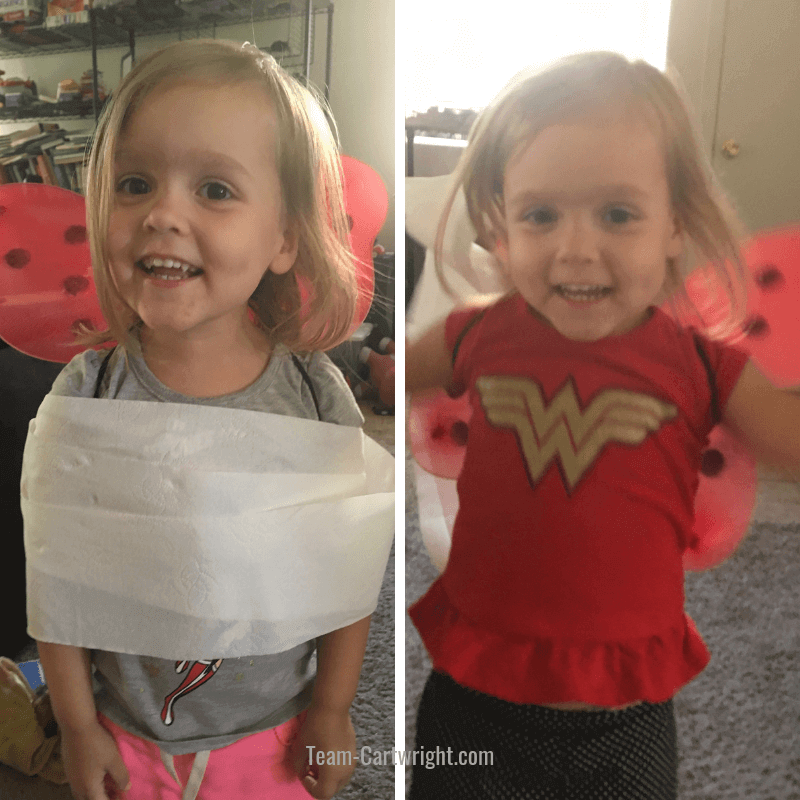
Supplies To Make Your Own Cocoon:
- Rolls of Toilet Paper
How To Break Out of a Chrysalis:
Have your child stand still with their arms at their side. Wrap them up in toilet paper. (How much is up to you.) Then have your child raise their arms and break out of the chrysalis to fly away!
(Bonus to make this more fun: Get some butterfly wings from the dollar store so your child really feels like a butterfly.)
What Are We Learning?
The main point of this activity is fun. My kids loved getting wrapped up and then bursting free. But it does provide a fun representation of a butterfly emerging from a cocoon.
I will say if you are doing this with more than one child you will be working on patience and taking turns. Kids love this and want to do it every time, so having to wait and enjoy other people having fun is good practice.
Chromatography Butterflies
This is an easy way to add a little color chemistry into your butterfly fun. You might recognize this activity, we’ve done a similar project for Easter (and you can use it to make snowflakes in winter!)
But it is good to repeat activities. It reinforces concepts and lets your children think more and expand on them. Ask more questions and explore more whys.
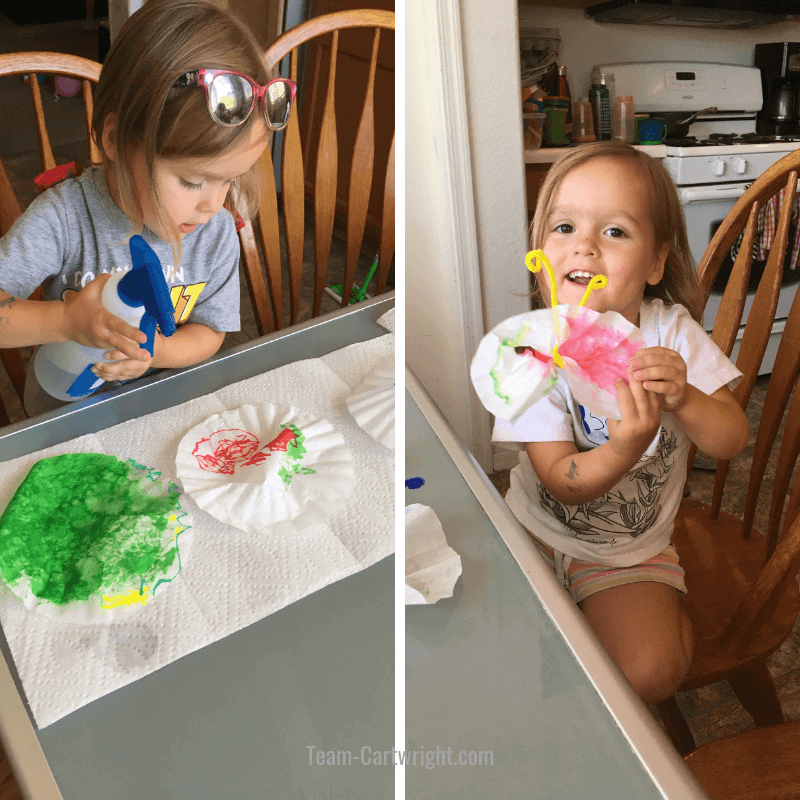
At Home Chromatography Supplies:
- Coffee Filters
- Markers
- Water in a Spray Bottle
- Pipe Cleaners
How To Make Chromatography Butterflies
Spread out the coffee filters. Have your children draw designs on them.
Once they are done coloring, spray the coffee filters with water. Let them sit until dry.
After your filters are dry, pinch the filters in the middle and twist a pipe cleaner around it, making two wings. You can twist up the ends of the pipe cleaners to make the antenna.
The Butterfly Science:
After you spray your filters with water, take a look at the colors. What does your child see? The colors spread out and even start to separate into their components.
The ink in markers is made up of more than one color. When wet, the colors spread through the coffee filter at different rates. This allows us to see the different components.
Your children have made an at-home chromatograph with these coffee filters.
Symmetry Practice with Butterflies
Butterflies are colorful and symmetrical. We can take advantage of that to do a simple process art activity that encourages an understanding of symmetry. (Yep, that is a math skill.)
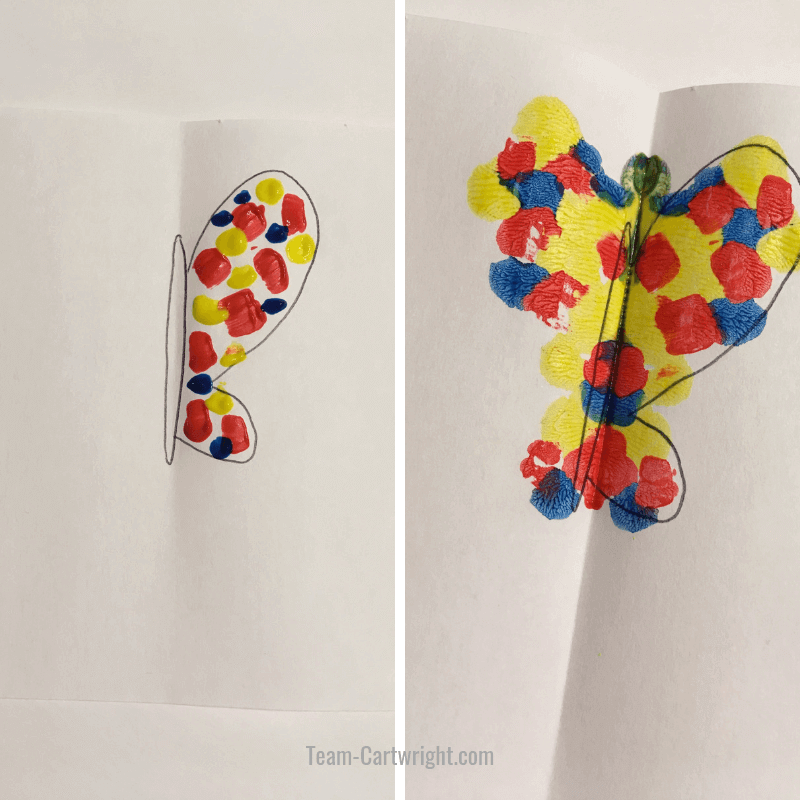
Butterfly Art Supplies:
- Paper
- Paint
How To Make Process Art Symmetrical Butterflies:
Take a piece of paper and lightly draw a butterfly on it. (This works best if the paper is horizontal.)
Have your child paint one half of the butterfly. Swirl the paint, dab it on, be precise. Whatever your child wants to do is great. Just make sure to use enough paint that some can transfer. (You might need to cover up the half you don’t want to be painted with younger children.)
Fold your paper in half and hold in place for a few moments. Smooth it out so the paint adheres to both sides.
When you open it up you will have transferred some of the paint to the other side and created a symmetrical butterfly!
Learning About Symmetry:
This activity lets kids practice patience and following directions, which is very important. (It can be hard to not paint both sides of the butterfly!) But more than that it is the perfect time to talk about symmetry.
Symmetry is the quality of being identical around a fixed point or axis. We know this as things being the same on both sides.
There are several different types of symmetry. Butterflies demonstrate bilateral symmetry, meaning you can draw a line down the center of the butterfly’s body and each half will be the reflection of each other.
What else can you find around your home that is symmetrical?
Butterfly Learning Activities
Butterflies are fun and uplifting. But more than that they are a great way to encourage kids to learn and explore STEAM. These simple activities will help you create a great caterpillar/butterfly learning unit for your children.
Must-Have Butterfly and Caterpillar Items
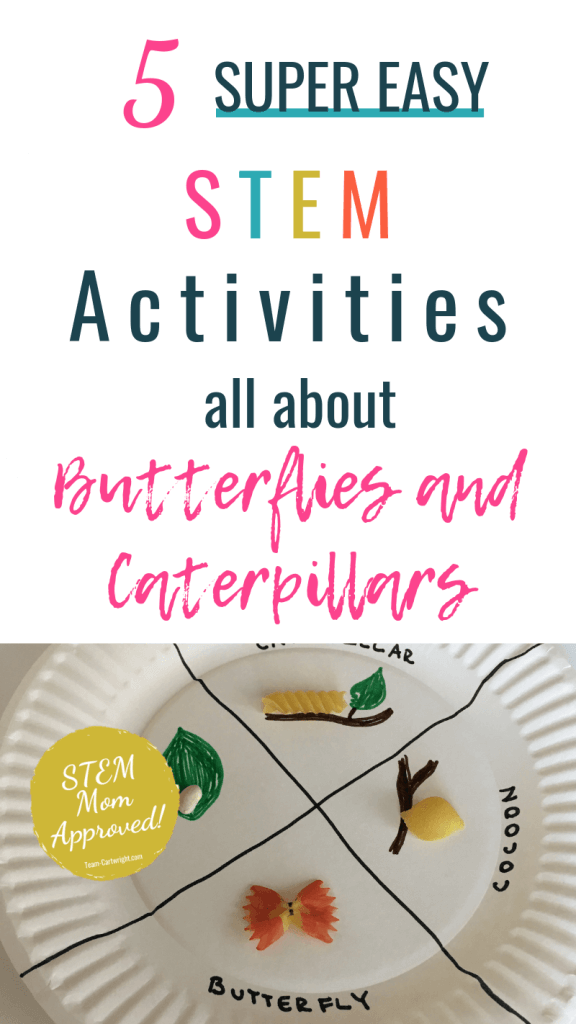
Caterpillar Learning Activities
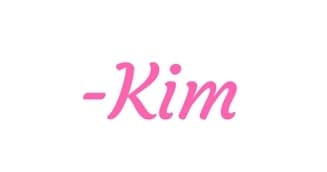
More STEM Activities You Have To Try
